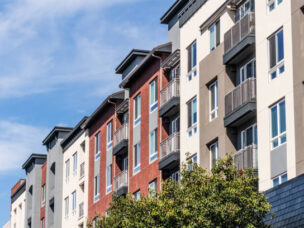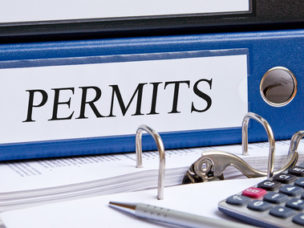Stay in the know
Subscribe to the Real Estate Blog and we’ll send you an email each time something new is posted.
Subscribe to the Real Estate Blog and we’ll send you an email each time something new is posted.
Blogs
Real Estate Blog
Preexisting, Nonconforming Uses and Structures: A Recent Appeals Court Clarification
Revisions to local zoning ordinances look prospectively. Thus, when a zoning ordinance is enacted prohibiting a specific use in any particular district, a property engaged in such use before the enactment will be protected as a preexisting, nonconforming use. This protection is subject to the requirements of G.L. c. 40A, § 6, which provides in part that preexisting nonconforming structures or uses may be extended or altered, provided that no such extension or alteration shall be permitted unless there is a finding by the permit granting authority that such change, extension or alteration shall not be substantially more detrimental than the existing nonconforming use to the neighborhood.
Status as a preexisting, nonconforming use is fortuitously earned, but it can be unintentionally lost. When a use ceases because of abandonment or change, the protection will lapse. For example, a mom and pop grocery store may receive the tolerance and even affection of neighbors within a residential district. Those same neighbors — and the building inspector — will be less favorably disposed when mom and pop decide to forego the sale of butter and eggs to open a machine shop. Enforcement of the zoning ordinance will prevent such a change.
Preexisting nonconforming structures face similar challenges. Under G.L. c. 40A, § 6, the reconstruction, extension or structural change of a structure will trigger application of the dimensional requirements of the current zoning ordinance.
In Welch-Philippino v. Zoning Board of Appeals of Newburyport, 86 Mass. App. Ct. 258 (2014), the Appeals Court emphasized that G.L. c. 40A, § 6 distinguishes between uses and structures. The Court clarified that altering the structure housing a nonconforming use is permissible as of right under the statute as long as the use remains the same and the alteration results in a structure conforming to the requirements of the local zoning ordinance.
In Welch-Philippino, the preexisting nonconforming use was a 100-bed nursing home, located in a residential district. The structure itself, however, was “a dimensionally conforming commercial structure situated on a large (5.5 acre) conforming lot in a residential zone.” The nursing home proposed “to replace the old structure with a modernized 121-bed facility that will meet the dimensional requirements of the current zoning ordinance.”
Because the nursing home proposed no change or substantial extension of the nonconforming use, alteration of the structure in a manner conforming to dimensional requirements of the zoning ordinance did not jeopardize the property’s grandfathered protection. In other words, the conforming structure did not lose that status simply because the structure housed a nonconforming use.
In Welch-Philippino, the Land Court had followed a belt-and-suspenders approach in deciding the issue. The Land Court ruled that even if a special permit had been required for the project, the nursing home’s new building was permissible because it was not substantially more detrimental to the neighborhood than the existing structure or use, within the meaning of G.L. c. 40A, § 6 and of the town’s zoning ordinance.
On appeal, the Appeals Court affirmed the Land Court’s decision but confirmed that a special permit had not been required. Accordingly, a property owner wishing to alter a structure housing a nonconforming use will now be able to do so with greater confidence that the alteration can occur as a matter of right, as long as the new structure conforms to the dimensional requirements of the local zoning ordinance.




